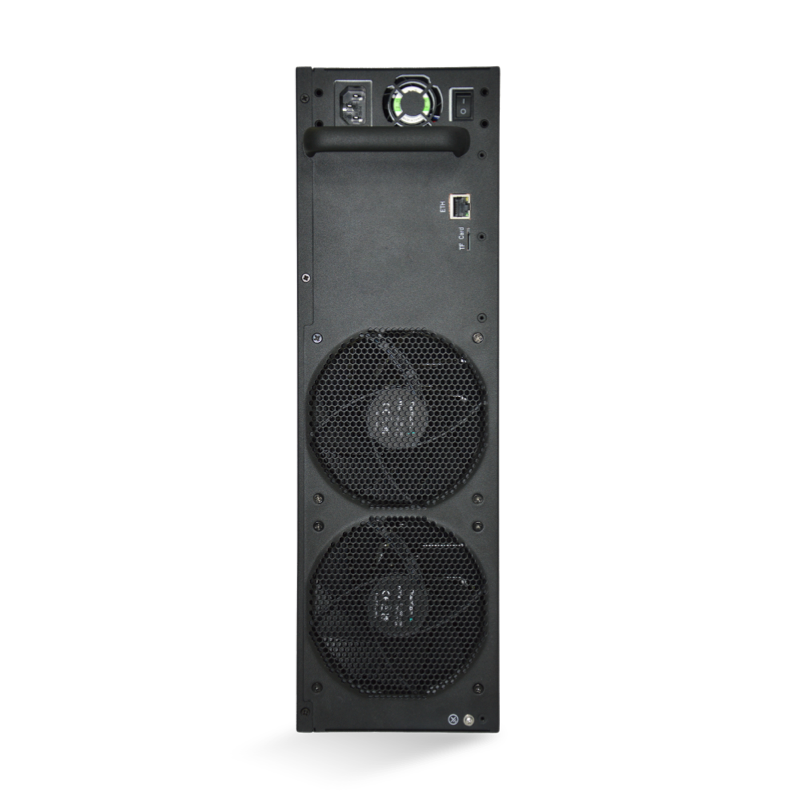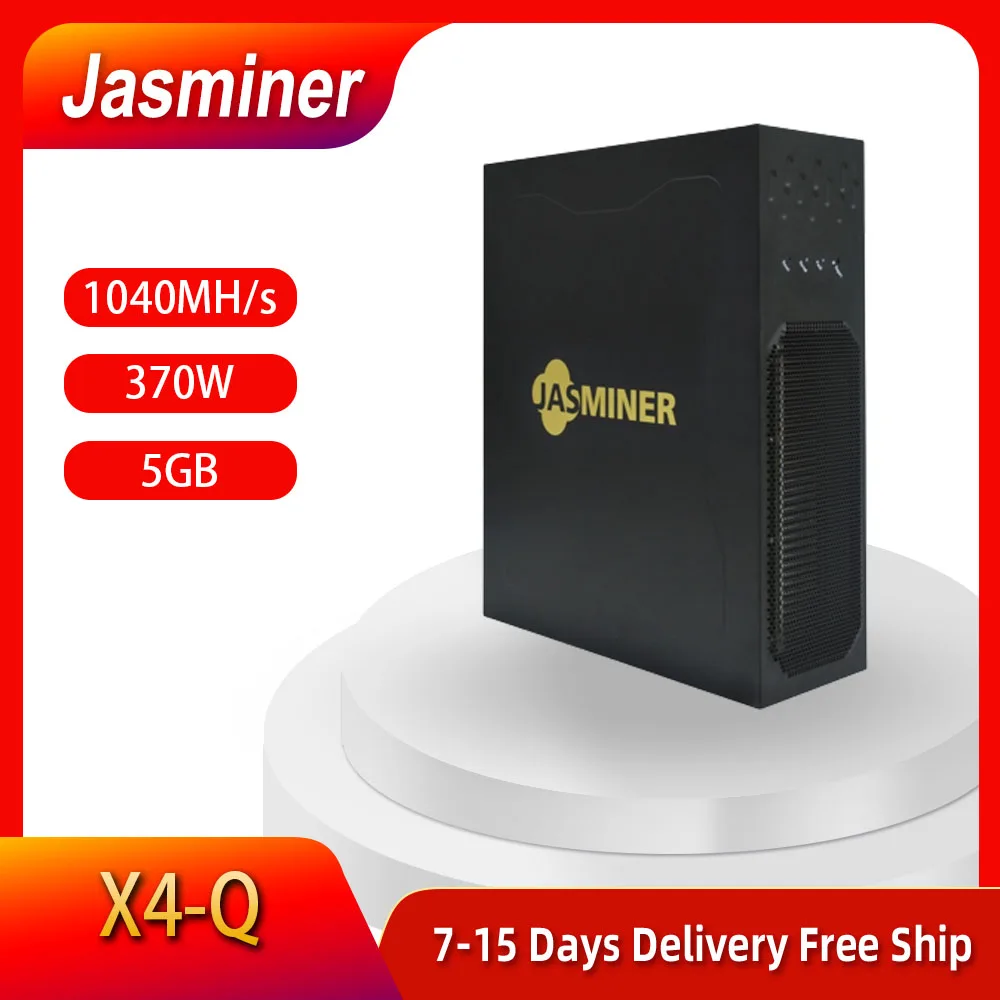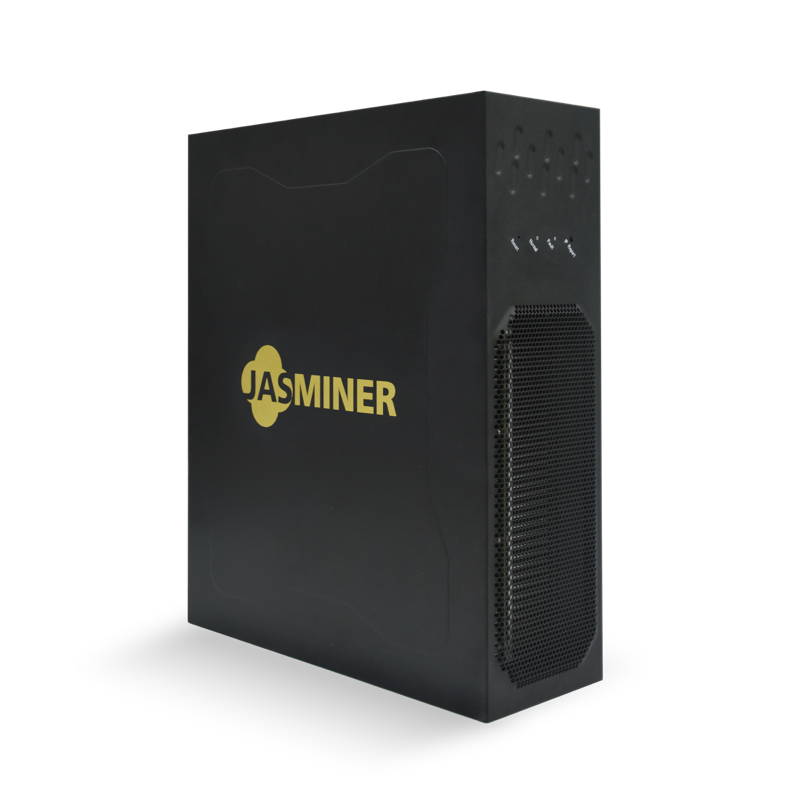JASMINER X4-Q Network Connection Troubleshooting: A Practical Guide for Mining Operators
Introduction
The JASMINER X4-Q has quickly established itself as a premier choice for ETCHASH algorithm mining, offering an impressive 1040MH/s (±10%) hash rate with industry-leading energy efficiency (0.35J/MH). However, even the most advanced mining hardware can encounter network connectivity issues, which can disrupt mining operations and reduce profitability.
This guide provides practical troubleshooting steps for resolving network connection problems with the JASMINER X4-Q, ensuring stable and efficient mining operations. Whether you’re a professional miner or a home-based operator, understanding these troubleshooting techniques will help you minimize downtime and maximize performance.
Common Network Connection Issues with the JASMINER X4-Q
Before diving into troubleshooting, it’s essential to identify the most frequent network-related problems that miners face:
- No Internet Connection – The miner fails to connect to the mining pool.
- Intermittent Connectivity – Frequent disconnections leading to inconsistent mining performance.
- High Latency or Packet Loss – Delays in submitting shares, resulting in rejected or stale shares.
- IP Address Conflicts – Multiple devices on the same network using the same IP.
- Firewall or Router Restrictions – Network security settings blocking mining traffic.
Each of these issues can significantly impact mining efficiency. Below, we explore step-by-step solutions to diagnose and resolve them.
Step 1: Verify Physical Connections
Check Ethernet Cable & Port
- Ensure the RJ45 Ethernet cable is securely plugged into both the JASMINER X4-Q and the router/switch.
- Try a different cable to rule out potential damage.
- If using a network switch, verify that the port is active and functioning.
Inspect Router/Modem Status
- Restart your router/modem to refresh the connection.
- Ensure that other devices (e.g., computers, phones) can access the internet.
Step 2: Confirm Network Settings on the JASMINER X4-Q
The JASMINER X4-Q supports 10/100/1000M Ethernet, but incorrect settings can lead to connectivity problems.
Verify DHCP vs. Static IP Configuration
- DHCP (Automatic IP Assignment):
- Most home networks use DHCP, where the router assigns an IP automatically.
- If the miner isn’t connecting, check if the router has available IP leases.
- Static IP (Manual Configuration):
- Some mining farms use static IPs for stability.
- Ensure the IP, subnet mask, gateway, and DNS are correctly entered.
Check for IP Conflicts
- If multiple miners share the same IP, connectivity issues arise.
- Use your router’s admin panel to see connected devices and detect conflicts.
Step 3: Test Network Stability & Latency
Ping Test (For Windows/Linux Users)
- Open Command Prompt (Windows) or Terminal (Linux/Mac).
- Type:
` ping 8.8.8.8 -t ` (This continuously pings Google’s DNS server.)

- If you see “Request Timed Out” or high latency (>100ms), your network has stability issues.
Traceroute for Identifying Bottlenecks
Run: ` tracert pool.etchash.org ` This shows the path your connection takes to the mining pool. If there’s a high-latency hop, consider switching to a closer mining pool server.

Step 4: Firewall & Security Settings
Many networks block mining traffic by default.

Router-Level Restrictions
- Check if your ISP or router has port restrictions.
- Some ISPs throttle mining traffic—consider using a VPN (though this may increase latency).
Disable Windows/Mac Firewall Temporarily
- If you’re monitoring the miner via a local network, ensure your firewall isn’t blocking access.
Step 5: Mining Pool & Software Configuration
Verify Pool Connection Details
- Ensure the mining pool URL, port, and wallet address are correctly entered.
- Example of a correct ETCHASH pool configuration:
` stratum+tcp://etchash.eu-west.nicehash.com:3500 `
Check for Pool-Side Issues
- Visit the mining pool’s status page or Discord/Telegram group to see if there are outages.
Step 6: Firmware & Software Updates
Update JASMINER X4-Q Firmware
- Manufacturers periodically release stability and performance updates.
- Check the official JASMINER website for the latest firmware.
Miner Software Compatibility
- Ensure your mining software (e.g., GMiner, PhoenixMiner) supports the X4-Q’s chipset.
Advanced Troubleshooting: Network Optimization for Mining Farms
For large-scale operations, network optimization is critical.
Use a Dedicated Mining VLAN
- Isolating mining traffic improves stability and security.
Quality of Service (QoS) Settings
- Prioritize mining traffic over other devices to reduce latency.
Redundant Internet Connections
- A failover connection (e.g., dual ISP links) ensures uninterrupted mining.
Conclusion: Ensuring Reliable Mining Operations
The JASMINER X4-Q is a powerful miner, but network issues can hinder its performance. By following these troubleshooting steps, you can quickly diagnose and resolve connectivity problems, ensuring maximum uptime and profitability.
Key Takeaways:
✔ Check physical connections (Ethernet cable, router status). ✔ Verify IP settings (DHCP vs. Static IP). ✔ Test network stability (ping, traceroute). ✔ Adjust firewall/router settings if needed. ✔ Keep firmware and software updated.
By proactively managing network health, you can optimize your JASMINER X4-Q’s performance and maintain a competitive edge in ETCHASH mining.
For further assistance, consult JASMINER’s official support channels or join mining community forums to exchange insights with fellow operators.

Happy Mining! ⛏️